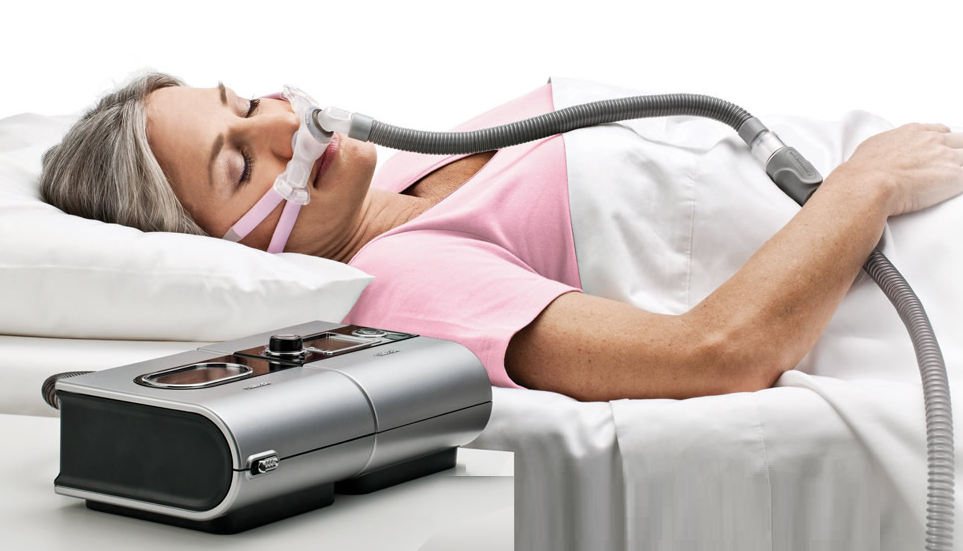Oxygen Therapy at Home - Abu Dhabi - Dubai
Oxygen therapy at home involves the use of supplemental oxygen to assist individuals with breathing difficulties or low oxygen levels. It is commonly prescribed for individuals with chronic respiratory conditions such as chronic obstructive pulmonary disease (COPD), pulmonary fibrosis, or other lung diseases. Oxygen therapy helps to increase the oxygen levels in the blood, improving breathing and overall oxygenation of the body. Here are some key aspects of oxygen therapy at home:
- 1. Oxygen Equipment: The primary equipment used for oxygen therapy is an oxygen concentrator or oxygen cylinder. An oxygen concentrator is an electric device that extracts oxygen from the surrounding air, while an oxygen cylinder contains compressed oxygen. Both devices deliver oxygen through a nasal cannula (a small tube with prongs that fit into the nostrils) or a face mask.
- 2. Prescribed Oxygen Flow Rate: The flow rate of oxygen is prescribed by a healthcare provider based on the individual's oxygen needs and oxygen saturation levels. It is important to follow the prescribed flow rate to ensure proper oxygenation.
- 3. Oxygen Safety: Safety measures should be followed when using oxygen therapy at home. These include keeping the oxygen equipment away from open flames or heat sources, avoiding smoking or open flames in the vicinity of the oxygen, and ensuring proper ventilation in the room.
- 4. Maintenance and Monitoring: Regular maintenance of the oxygen equipment is necessary to ensure its proper functioning. This includes cleaning or replacing filters, checking tubing connections, and ensuring an adequate supply of oxygen. Monitoring oxygen levels with a pulse oximeter can help assess oxygen saturation levels and adjust the flow rate if needed.
- 5. Traveling with Oxygen: If individuals need to travel while on oxygen therapy, portable oxygen concentrators or small oxygen cylinders can be used. It is important to plan and make arrangements in advance for traveling with oxygen, including notifying the airline or transportation providers.
- 6. Education and Support: Healthcare providers and home healthcare professionals can provide education on the proper use of oxygen equipment, safety guidelines, and general information on oxygen therapy. They can also offer support and answer any questions or concerns regarding oxygen therapy at home.
It's important to note that oxygen therapy at home should be prescribed and monitored by a healthcare professional. They will assess the individual's oxygen needs, perform tests to determine oxygen saturation levels, and prescribe the appropriate oxygen flow rate and duration of therapy.
If you or a loved one requires oxygen therapy at home, it is recommended to consult with a healthcare provider who can evaluate your condition and determine if oxygen therapy is necessary. They can guide you through the process of obtaining the necessary equipment, provide instructions on proper usage, and ensure ongoing monitoring of your oxygen needs to optimize the benefits of oxygen therapy at home.

